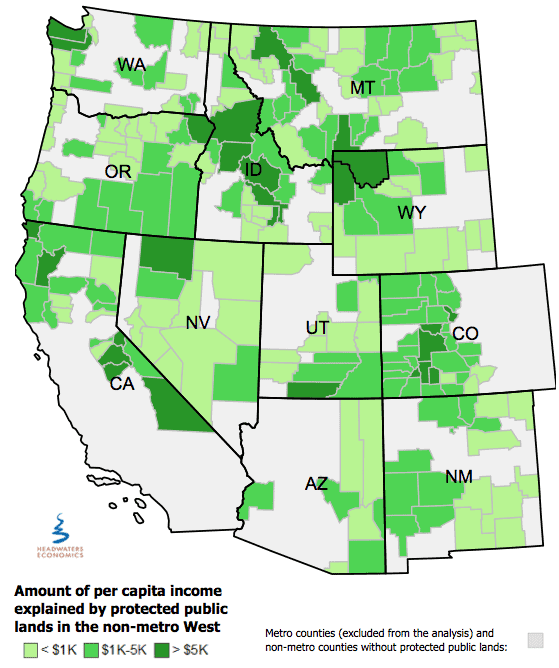The following piece was written by Joe Mehrkens, a retired Forest Service economist and a former alternate member of the Tongass Futures Roundtable. We’ve discussed the Sealaska bill on this blog previously. – mk
Back in the heydays taxpayers paid a subsidy of $12,000-$36,000 per Tongass timber job. Based on more recent Forest Service accounting information, this subsidy has grown during the last decade to a staggering $224,000-$510,000/job, a nearly 1,400% increase. How can this be? Simply, the Forest Service kept spending like the industry was in its heyday while the industry was in a persistent long-term decline.
To the Forest Service’s credit the Tongass timber program expenditures have decreased in recent years, but the fact remains that the Forest Service is still chasing after fewer and fewer timber jobs. The result is that the subsidy/job remains extraordinarily high. However, the current subsidies will be pale in comparison to those to support a 2nd-growth industry. The 2nd-growth subsidies will be from cradle to grave: for mill construction, raw material procurement, manufacturing, transportation, and perhaps even marketing & sales.
Ironically, the need for these vertically integrated subsidies is very well documented in a letter from Senator Murkowski to USDA Secretary Vilsack, dated March 13, 2013. In her letter Senator Murkowski asks the federal taxpayers to build two biomass plants, three lumber mills, and even help start a guitar factory. But Senator Murkowski also relays a very big ask made by the Viking mill owners: Most recently Kirk Dahlstrom has made a new proposal saying that he could remodel a current small log processing line for a grant of just $1.5 million to cover some equipment costs, if the Forest Service would enter into a true partnership with his mill to prove the economics of young growth. He is now proposing that the Forest Service cover the costs of logging and transporting young growth to his mill . He [Mr Dahlstorm] is asking the Forest Service to cover his actual costs of processing, sawing and kiln drying of the timber and provide him a 20 percent profit on just those operations the Forest Service then keeping any profits from shipping and marketing the timber. That is about as cradle to grave as you can get. But in all honesty, reading between the lines indicates little confidence in transition to 2nd-growth any time soon.
There are, and will be, small and sporadic opportunities for 2nd-growth, but not supporting a new region-wide integrated timber industry. Like old-growth the limiting factor will be the inability to sustainably compete against the many other global suppliers. This means the Alaska Transition simply has no clothes.
Nonetheless, the Forest Service is even going one step further by proposing policy changes to accelerate the Transition . Not surprisingly, there are no predicted dates except perhaps when the old-growth will be cut-out in about 30 years. If the Transition has no clothes than an accelerated Transition is wishing makes it so . Yet, the Transition is very much alive and well.
In fact, provisions for an accelerated Transition are now part of the political horse trading surrounding Sealaska Corporation’s expanded settlement under ANCSA (S.340). Sealaska’s S.340 is now conveniently bundled with a wider set of lower 48 lands/wilderness bills known as the Omnibus bill.
S.340 is viewed as the last legislative train leaving the station for environmentalists who want to salvage what little lands protection S.340 has offered them to date. To boost their meager take, especially in light of giving up gems they once described as most worthy of protection, some environmental groups are now supporting the legislative provisions for an accelerated transition — not for Alaska — but for the timber industry in the PNW. In the PNW, immature 2nd-growth is already economic.
Nonetheless, the provisions for an accelerated transition are far reaching in terms of changing long-standing National Forest management polices sets a major precedent.
So the grand deal may works like this. The lower 48 Senators who want their Omnibus bill will have to capitulate to Senator Murkowski s quid pro quo of including S.340. In Alaska, opposition to Sealaska’s lands legislation has been prolonged and widespread. So the bundling of S.340 in the Omnibus bill gives Senator Murkowski much needed cover.
Moving on, environmentalists are hoping to get more Tongass wilderness beyond the meager amount provided in S.340 — and its five previous versions. But, environmentalists have relatively little leverage, except perhaps for supporting the provisions for an accelerated transition. Not for Alaska industry, but really for PNW s timber industry. Note, that Oregon is the home state of the Chairman of the Senate Energy and Natural Resources.
In my opinion, it is age-old backroom politics — cover-for-cover, deal-for-deal. Unfortunately, the subsidies and other economic losses due to taking federal timber before it’s time (an accelerated transition) could certainly mean that the taxpayer will be the biggest loser.

